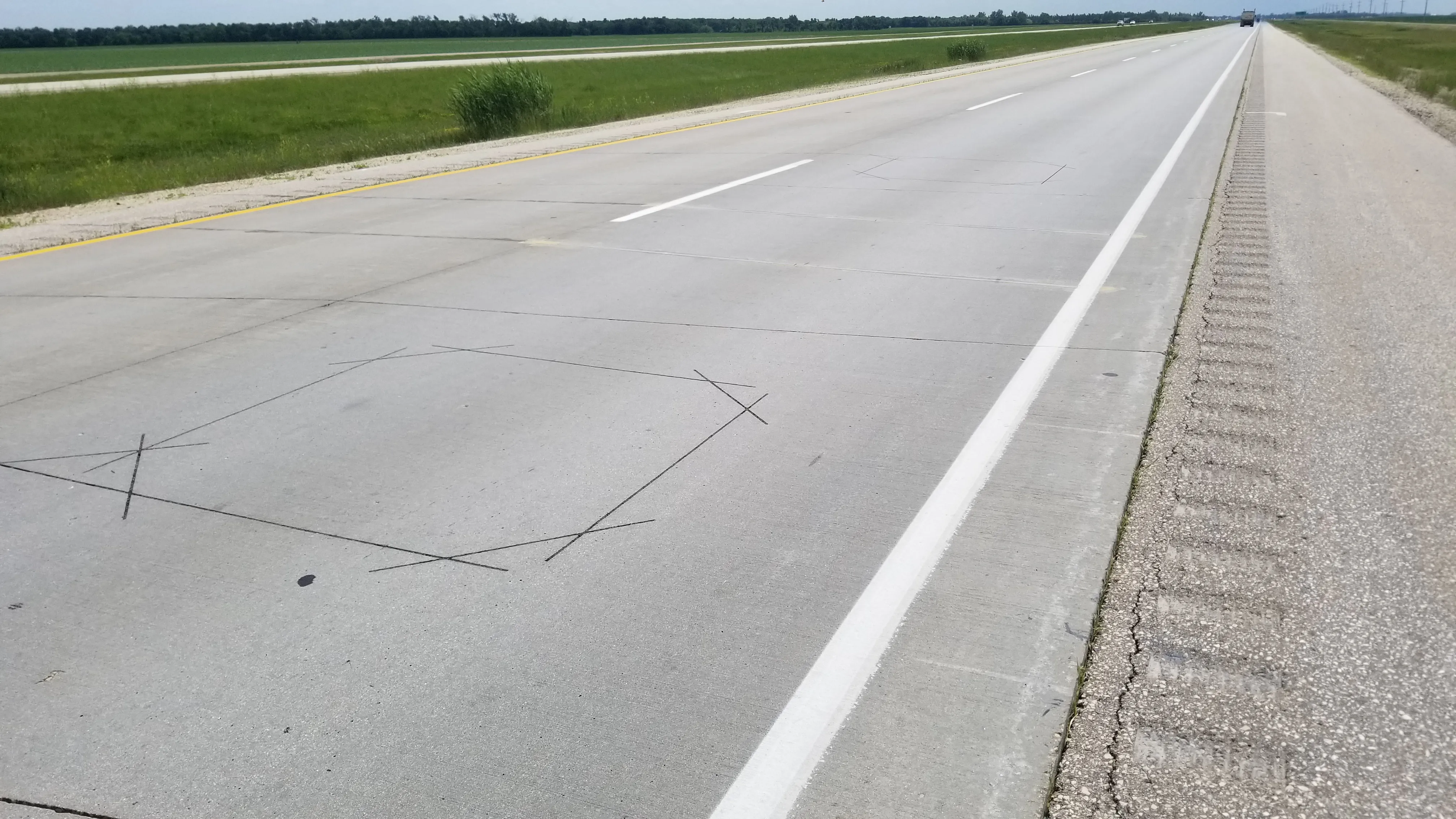A new study into the impact of extreme weather conditions on Europe’s transport network has been carried out by Finland’s VTT Technical Research Centre. This broad-based study covered all 27 EU states and highlighted that some countries face significantly higher risks of transport disruption than others. This is the first study worldwide to evaluate risks to transport from weather phenomena on a country-specific and mode-specific basis. The study revealed that Poland faces particular problems, while other h
November 5, 2012
Read time: 3 mins
A new study into the impact of extreme weather conditions on Europe’s transport network has been carried out by Finland’s VTT Technical Research Centre. This broad-based study covered all 27 EU states and highlighted that some countries face significantly higher risks of transport disruption than others. This is the first study worldwide to evaluate risks to transport from weather phenomena on a country-specific and mode-specific basis. The study revealed that Poland faces particular problems, while other high risk countries are in Eastern Europe and in mountainous areas. Meanwhile low risk countries include Ireland, Austria, Luxembourg, Cyprus, Malta and the Nordic nations.
The evaluation was carried out using a risk indicator designed by VTT scientists. Calculations were performed on substantial datasets and involved estimating the probability of phenomena such as heavy rain, floods, landslides, storms and heat waves based on long-term weather statistics. The weather data for the study were supplied by the Finnish Meteorological Institute. The risk indicator also incorporated country-specific data on traffic density, population density, the quality level of transport systems and the economic resources available.
In the Nordic countries, Ireland, Austria and Luxembourg, transport systems cope with extreme weather phenomena better than in most EU member states. A number of factors contribute to these low risk levels: a strong economy, low traffic densities and a transport infrastructure that is in good condition and runs smoothly, according to VTT.
Significant differences were noted between countries. The study evaluated risk levels associated with extreme weather phenomena in transport including accidents, delays and infrastructure. The cost to transport caused by extreme weather phenomena in the EU Member States is estimated at €15 billion/year at the very least. The majority of this is due to road accidents and delays to transport of goods.
Heavy rain and floods cause the most disruption, although heat waves are a significant adverse phenomenon in southern Europe. In the Nordic countries and in mountainous areas, traffic flow may be compromised by snow, ice and frost. Mountainous areas are also prone to landslides.
While Poland emerged as the country with the highest individual risk indicator, risk levels are also high in Italy, Romania and Hungary. VTT explained that Poland has high volumes of traffic and the country's transport systems are in poorer shape than many other parts of the EU, while it also experiences a comparatively high incidence of extreme weather phenomena. Poland also has a fairly high population density, and its economy is at the lower end of the scale within the EU.
Bad weather increases the probability of road accidents, so care is required. But VTT says that transport infrastructure can be improved through careful planning and where there is better account taken of weather phenomena. The climate is warming up, and there are weak signals indicating that extreme weather phenomena are on the increase.
Some measures to reduce risk are simple. Drainage systems, for instance, should be functioning as designed, and they should be regularly serviced.
The principal provider of funds for the project 'Extreme weather impacts on European networks of transport' (EWENT) was the Seventh Framework Programme of the European Commission. In addition to VTT, the research consortium included the Finnish Meteorological Institute, Foreca Consulting, the Norwegian Institute of Transport Economics, the German Aerospace Centre DLR, the Austrian inland-waterway transport development company Via Donau, the Meteorological Institute of Cyprus, the European Severe Storms Laboratory (ESSL) and the World Meteorological Organisation (WMO).
The evaluation was carried out using a risk indicator designed by VTT scientists. Calculations were performed on substantial datasets and involved estimating the probability of phenomena such as heavy rain, floods, landslides, storms and heat waves based on long-term weather statistics. The weather data for the study were supplied by the Finnish Meteorological Institute. The risk indicator also incorporated country-specific data on traffic density, population density, the quality level of transport systems and the economic resources available.
In the Nordic countries, Ireland, Austria and Luxembourg, transport systems cope with extreme weather phenomena better than in most EU member states. A number of factors contribute to these low risk levels: a strong economy, low traffic densities and a transport infrastructure that is in good condition and runs smoothly, according to VTT.
Significant differences were noted between countries. The study evaluated risk levels associated with extreme weather phenomena in transport including accidents, delays and infrastructure. The cost to transport caused by extreme weather phenomena in the EU Member States is estimated at €15 billion/year at the very least. The majority of this is due to road accidents and delays to transport of goods.
Heavy rain and floods cause the most disruption, although heat waves are a significant adverse phenomenon in southern Europe. In the Nordic countries and in mountainous areas, traffic flow may be compromised by snow, ice and frost. Mountainous areas are also prone to landslides.
While Poland emerged as the country with the highest individual risk indicator, risk levels are also high in Italy, Romania and Hungary. VTT explained that Poland has high volumes of traffic and the country's transport systems are in poorer shape than many other parts of the EU, while it also experiences a comparatively high incidence of extreme weather phenomena. Poland also has a fairly high population density, and its economy is at the lower end of the scale within the EU.
Bad weather increases the probability of road accidents, so care is required. But VTT says that transport infrastructure can be improved through careful planning and where there is better account taken of weather phenomena. The climate is warming up, and there are weak signals indicating that extreme weather phenomena are on the increase.
Some measures to reduce risk are simple. Drainage systems, for instance, should be functioning as designed, and they should be regularly serviced.
The principal provider of funds for the project 'Extreme weather impacts on European networks of transport' (EWENT) was the Seventh Framework Programme of the European Commission. In addition to VTT, the research consortium included the Finnish Meteorological Institute, Foreca Consulting, the Norwegian Institute of Transport Economics, the German Aerospace Centre DLR, the Austrian inland-waterway transport development company Via Donau, the Meteorological Institute of Cyprus, the European Severe Storms Laboratory (ESSL) and the World Meteorological Organisation (WMO).









